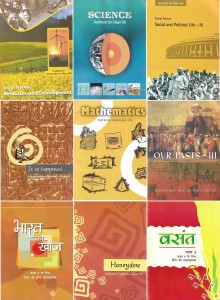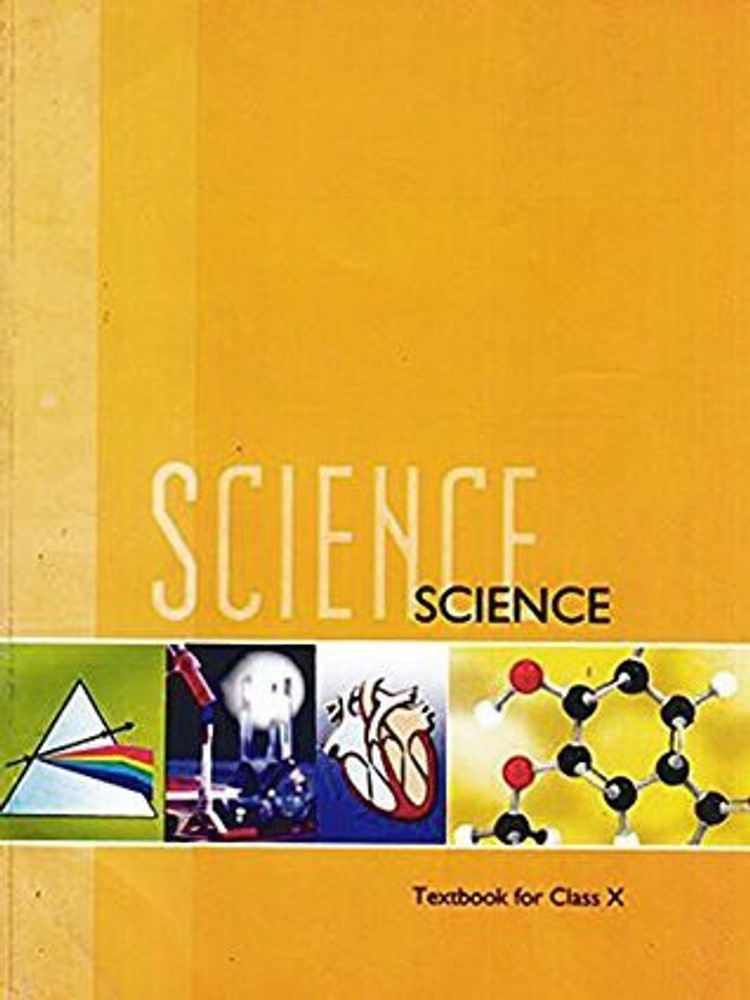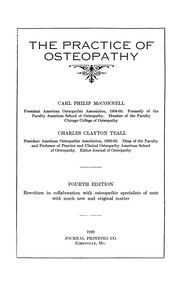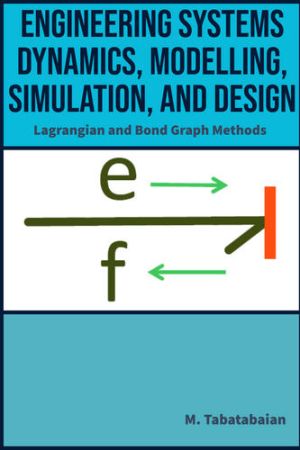JWST Identifies Cooling Gas in Phoenix Cluster, Unlocking Star Formation Process
The James Webb Space Telescope has detected the missing cooling gas in the Phoenix Cluster, a galaxy cluster located 5.8 billion light-years away. Researchers used the Mid-Infrared Instrument (MIRI) to identify gas at around 540,000 degrees Fahrenheit trapped in cavities within the cluster. This discovery resolves a long-standing mystery of how stars continue to form despite a supermassive black hole at its core. The study provides critical insights into the cooling process of hot gas reservoirs in galaxy clusters.

Observations from the James Webb Space Telescope (JWST) have revealed missing cooling gas in the Phoenix Cluster, a galaxy cluster located 5.8 billion light-years away. The discovery provides insights into how stars form despite the presence of a supermassive black hole at its core. Researchers have confirmed that the cluster contains the largest known reservoir of hot gas cooling at different rates.
JWST's Role in Identifying the Missing Cooling Gas
According to a study published in Nature, data from JWST's Mid-Infrared Instrument (MIRI) has allowed researchers to locate gas cooling at 540,000 degrees Fahrenheit (300,000 degrees Celsius). This gas was found trapped in cavities within the cluster, an area previously unobservable.
Michael McDonald, an astrophysicist at the Massachusetts Institute of Technology (MIT) and principal investigator of the study, told Space.com that earlier studies failed to detect this gas because only the extreme temperature ends of the spectrum were measurable.
Supermassive Black Hole and Star Formation in Phoenix Cluster
Despite a central black hole over 10 billion times the mass of the Sun, the Phoenix Cluster continues forming stars at an unprecedented rate. The discovery of trapped cooling gas helps explain this paradox.
The findings challenge previous assumptions about galaxy cluster cooling processes and suggest that similar techniques could be used to study other clusters. The researchers aim to apply these methods to further understand cooling mechanisms in space.












)

























































